Meet Ryan Lanji: BBC Three’s latest reality star championing queer South Asian creativity
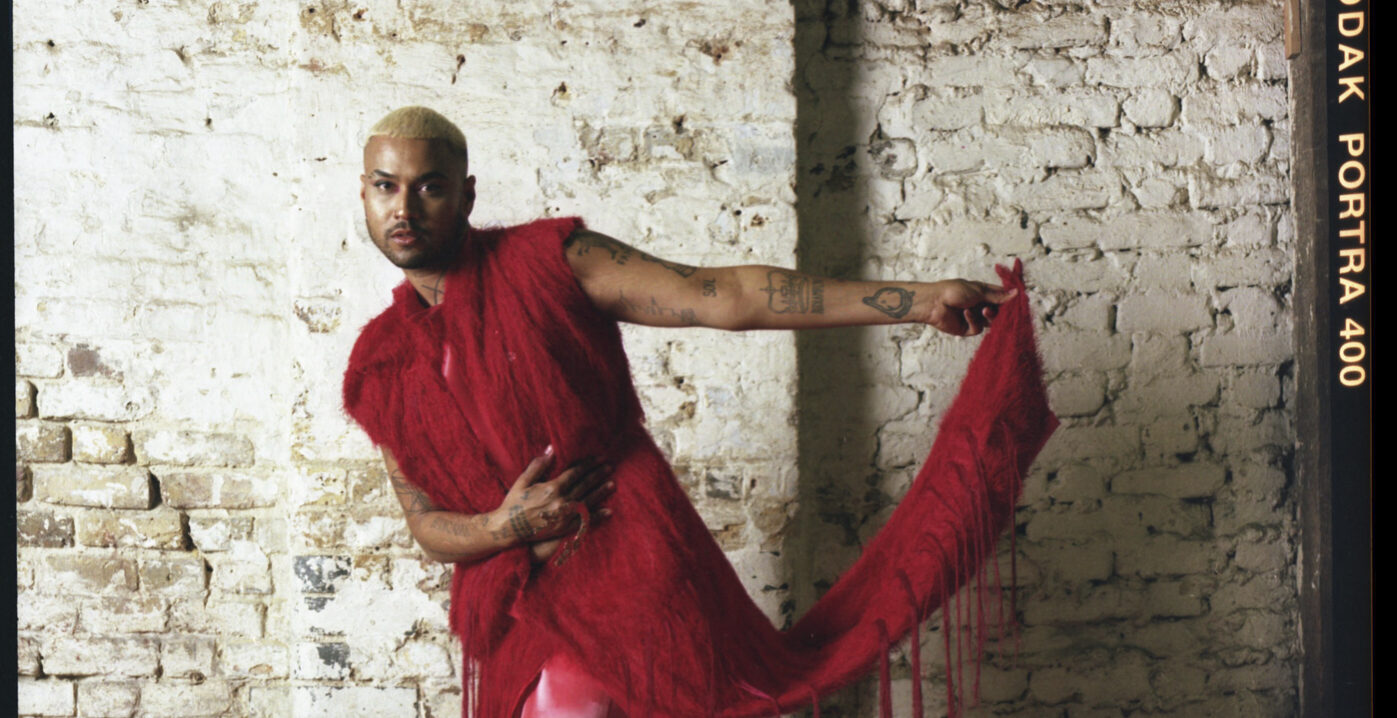
No one captures the word multihyphenate quite like Ryan Lanji – he is a presenter, DJ, fashion, art curator, cultural producer and public personality, who remains so deeply connected to his queer South Asian community. Speaking to Ryan, I get a sense of how despite the successes of his many career ventures, enscribing visibility to queer South Asians remains the most important thing for him.
In an ever-changing creative industry, the rate at which marginalised groups are receiving recognition and attention is picking up and shows no sign of slowing down. When it comes to the visibility of South Asian across all platforms, it is the work of queer South Asians which has really contributed to this shifting tide. It is no surprise that Ryan’s queer Bollywood nightlife collective HUNGAMA only continues to spread it’s reach, recently hosting an event at the Tate Modern for Tate Modern Lates.
Hindi for “chaos” or “lit”, Ryan founded HUNGAMA in the midst of little to no representation and nightlife spaces for queer South Asians in London. United by the beauty of Bollywood, HUNGAMA does not seek to flatten differences between the South Asian community, but rather celebrates them.

Ryan recognises how the mainstream media tends to homogenise South Asians as one unified identity, but uses the diverse umbrella of Bollywood and music to create community amongst this broad diaspora. The work that Ryan and HUNGAMA does highlights the importance of marginalised groups telling their own stories.
With organising parties being some of what Ryan does best, we are now set to get a look into this process on our TV screens. As BBC Three makes their return to television broadcasting, they bring back the same vibrant and exciting shows which we knew and loved them for. One show which sits comfortably on this roster is “The Big Proud Party Agency”, hosted by Ryan, alongside queer icons Teddy Edwardes and Christopher Mills. In this show, clients come to the agency looking for these renowned party planners to throw them a party of a lifetime.
Outside of party and nightlife spaces, Ryan speaks of how important it is for queer people of colour to nourish and preserve their physical bodies, in a world which constantly tells them to do otherwise. “I’m guided by love and a sense of belonging”, Ryan shares with us. His wellness collective Not Dead Yet is a testament to this. Prioritising wellness and healing, Not Dead Yet recognises how looking after yourself, as a queer, trans, intersex person of colour (QTIPOC), is a radical act of self preservation.
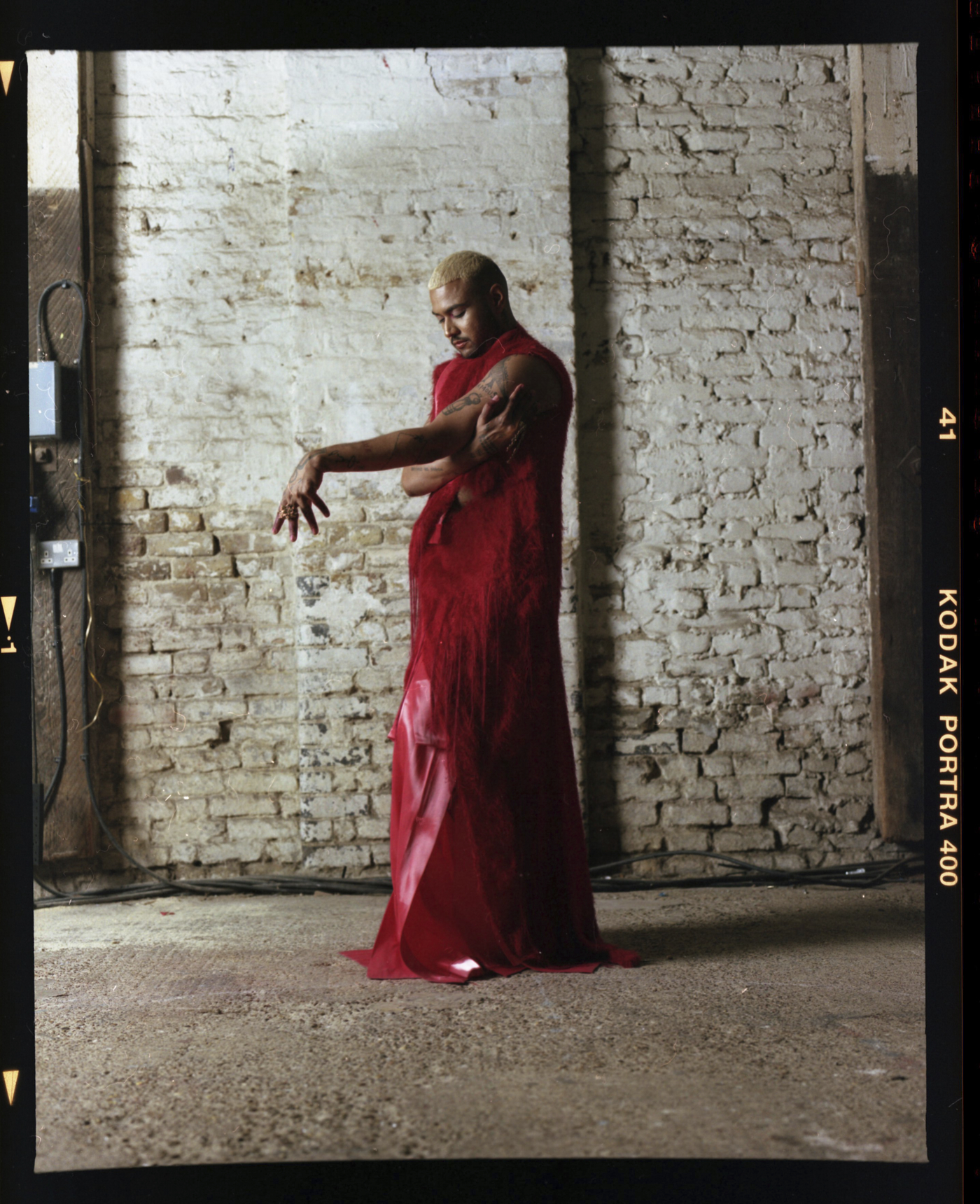
Wellness as a concept has become a deeply westernised and commodified idea, which has been used to sell products, and/or promote oppressive, fatphobic and gender non-inclusive ideals – undoing the work that it sets out to do. ‘Not Dead Yet’ understands how this liberation and healing exists within marginalised communities around the world, outside of the Western packaging of health and wellness.
Looking back on the dark and difficult history of queer communities globally, Ryan reflects on how destructive both the AIDs epidemic, homophobia and transphobia have been on the community and the importance of being healthy, visible and vocal elders for future queer generations. Not Dead Yet does just this by bringing together the best sounds of queer nightlife, and inclusive, accessible fitness sessions, to create radical and transformative healing spaces for QTIPOC.
The work that Ryan does focuses on building a creatively-inspired, and fulfilling queer daily life. This expands beyond just the nightlife, but into what queer people find themselves doing in their day-to-day – in the ways that they regularly choose to show up and take up space. To Ryan, queerness, and “brown-ness” do not have to be, and are not, mutually exclusive. This is an intersectional identity, all brought to life and shared with the world through his incredible creativity.
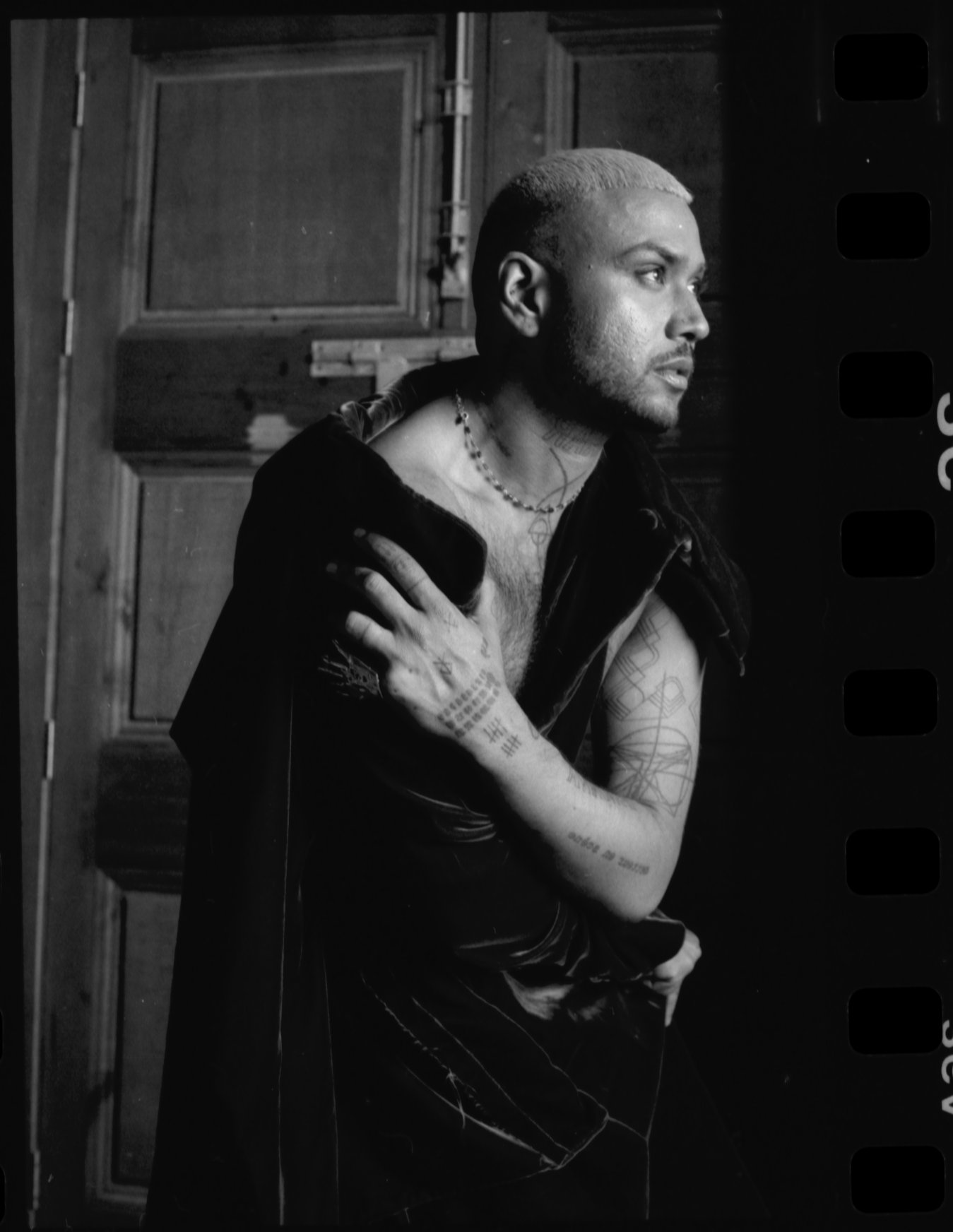
In conversation with GUAP, Ryan tells us of the story of how he started his creative career in London, and the incredible work that he has created, and continues to create with and for the queer South Asian community.
Before the Ryan Lanji that we see today, where did this all begin?
When I was younger, I always knew that I wanted to do something big in life. I knew that there was something bigger than me that I wanted to achieve. I didn’t quite know what that was. But I always fantasised and glamorised the ideas of being in New York or London. They were just two places. I never wanted to live in a city, I wanted to live in one of the epicenters of the world. That’s how I felt. And so whenever the opportunity arose, I tried to figure out a way to get there. I always dreamed of it like a pipe dream. But then one day, I met someone who was British and I was like, “I’m gonna move with you”. So I did. That was 12 years ago.
Where did that bravery come from?
I’m guided by love and a sense of belonging. If someone needs me, or if I love someone, I will do anything for them. And so in that situation, it was love that led me, as well as ambition. I knew that there would be very rare opportunities to go to London and just set up a life. I also think that coming out of the closet as queer, I ended up exiling myself from my house. I was basically like, it’s going to be difficult to be go through this with my family, I’m going to do them a favour and leave. So I left when I was 19. And I was working in Vancouver for three or four years. Then I met someone and they were like, “I’m moving to London”. And I was like, “Oh, I can go there”. It’s an excuse to not be here and I can really see if these dreams will come true.
What were those dreams in the early stages?
When I was a kid, I wanted to be a palaeontologist because I’m obsessed with Jurassic Park. Then, I slowly realised that it was the film itself that I loved, not dinosaurs. So I studied film direction, but I didn’t feel like with film direction that I’d found my medium. Like film directors will know 100% that this is what they should be doing.
But for me, I kind of felt like I was really good at organising people and creating experiences. And so, I dropped out of film school. And there were two reasons for that. One of them was because my parents decided that because I wasn’t going to control my queerness, that they would kind of dangle my tuition as a leveraging point. So I just dropped out. And then I was working at a soup kitchen and it was a friend of mine who gave me the job. But he was also a great curator, who was like “I’ll teach you how to curate”. So he taught me how to curate my first ever fashion photography exhibition. I was 23 in Vancouver. And at that point, I was deciding to move anyways. And so he said, “Go do it.. go to London to be a curator.” So I moved to London and did that. And that’s how the trajectory sort of moved into curation. And then it moves into club promotion, and then it moves into being on Netflix. And now it’s being a TV presenter.
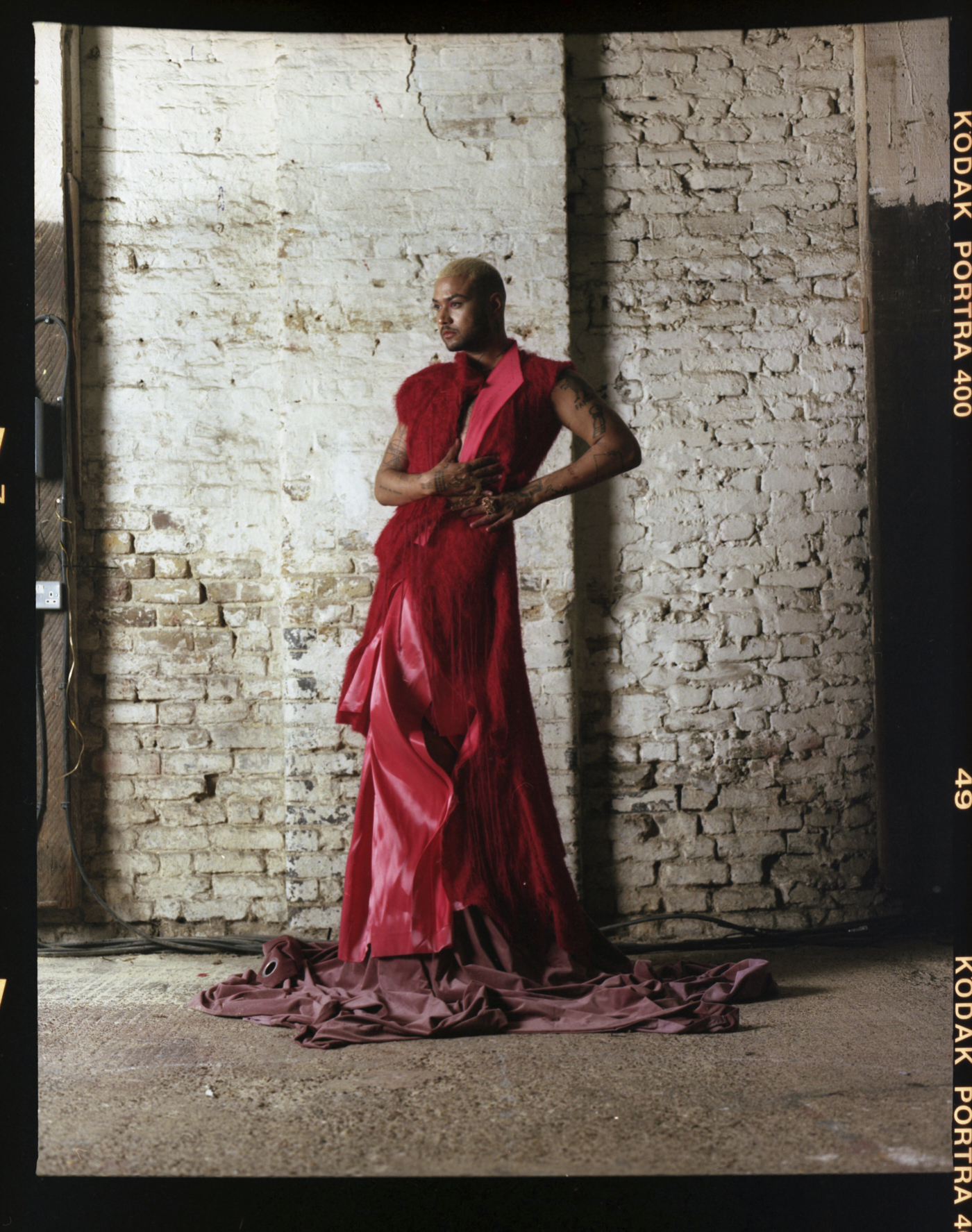
So your hands are in many pots from art, fashion, music, events. What would you say was your first love? And what are you really, really into right now?
As a kid, I look back and I was always organising events, and they were always based around music. So whether it be school dance or my mom’s cocktail parties, I would always be playing music. HUNGAMA was a beautiful iteration of me just wanting to bring people together and celebrate, and it’s always underpinned by Bollywood. So Bollywood, I guess, is one of the most exciting things that makes me go mental and it brings people together. And it really shows the unconditional acceptance of diversity, that doesn’t centre white people. And so I really, really am proud of it. And I enjoy it.
Through that you get music. We made this EP with a lot of South Asians queer producers and artists who didn’t really realise what I was doing. But I’ve created this mosaic that celebrates HUNGAMA in it’s five years. And I also feel like television presenting and hosting is something that people really enjoyed giving to me, and is something that I can actually do really well. So if you go as far back to me being in school, I was hosting the talent show or school president elections. And now fast forward 20 years now, I’m proud to be hosting a BBC Three reality show coming out soon. And I just really feel like we need a public figure we can face, which is something that I really dreamed of doing.
How do you view the current representation of South Asians in British Media, or Western Media more broadly?
I think that it is incredible to see the growth and visibility of South Asians in cinema, television and music. I think it’s needed. It’s long overdue. And I’m very proud to see our sound coming back post-911. After 911, the eradication of South Asian sound and influence, because we were put in a category of terrorism, and we weren’t allowed to be seen. So I’m glad that through the emphasis of HUNGAMA, and like the other guys that have created a space to be more public facing, we have these amazing creatives, artists, models, photographers, musicians who are here now.
I think what’s important to know is that the Western industry likes to homogenise South Asians, so they think that all South Asians are the same. And I think what I learned through HUNGAMA is that as a Hindu, Canadian-British that I am of many identities. And I chose Bollywood because it’s what I grew up with. But after throwing the party for so long, in Britain specifically not in Canada, I learned that there is oppression towards Tamils, Bangladeshis, Gujaratis. I think the best way to explain it is that when I was on the (Netflix) Big Flower Fight, I saw every colour when I was looking at the flowers. But after spending time with each colour, I realised that there were so many different shades of red and blue and purple. And so when I look at the Brown community, at what we call brown magic or brown joy and visibility, at the moment, I think it’s super important that we at Western cinema for the ways that they tell our stories.
For example, in Bridgerton, I’m so proud of Simone Ashley and Charithra Chandra. They are of South Indian descent, but they’re playing North Indians in the show. And so I feel like we can do better in that respect. We can have our writers and our creators understand that if you want to have that look, make sure that it is of that culture. So that you’re giving them a platform and you’re not asking them to just depict their trauma and oppression and asking them to play the people that oppress them. That’s the only thing, the only critique.

And how do you find navigating the creative industry in London as a South Asian creative? What have you seen changing? And what are things that you want to kind of push further because of course, there’s a long way to go.
I think one of the main arteries of the South Asian arrival has been queer South Asians, we banded together through my party and through 2017 to now, we created a noise and that noise got bigger and bigger and bigger. And we started getting representation for queer South Asians everywhere. And then I think it galvanised the heterotypical South Asians that are out there or cis-heteronormative South Asians and they started to emulate us as well. And I think through that we’ve created an even bigger movement. I would happily say that it’s taken a lot of queer South Asian courage and bravery to get us on the map. We stopped caring about what was being put on our shoulders by our ancestors and our elders. We had nothing. We started to create and that creation was seen. I’m so deeply proud of every single kid who put their head above the parapet over the last five years, because of that we all have a place now.
Tell me about the show that you’re working on with BBC Three.
It is called the “Big Proud Party Agency”. It’s an unscripted reality show for BBC Three, which is now brought back on television. The show is set up as myself, Christopher Mills and Teddy Edwardes; we’re all extremely revered party planners in our own respects. I have HUNGAMA, Christopher’s a luxury events planner and Teddy runs an incredible night called LICK which is global now. So two people will come into our agency and one throws a surprise party for a friend of theirs. And either their friend might be queer and was not able to celebrate something during lockdown, or they are well deserving of a party and would like to have something camp and crazy. So we embark on throwing them a party that they’ll never forget.
HUNGAMA definitely throws unforgettable parties – tell me about a night at HUNGAMA and the types of creatives that you love to be around at your parties.
I am so so deeply proud to have created this space. It’s currently evolving in a way that I never imagined and I’m so proud of it. It is almost like a foil to Studio 54. It’s this creative mosaic of the South Asian community, who are alternative and punk and glamorous and creative. It’s a place where they all come together to celebrate the forward thinking possibilities of South Asian music and culture. We celebrate the public-facing , we celebrate queerness, we celebrate creativity and we cause HUNGAMA, which means chaos.
I started five years ago in a gay bar in Haggerston. I was playing off Spotify and YouTube because I didn’t have any South Asian music with me. We only had like a couple of DJs who were playing Bollywood music that they knew. And there were no, like, established young East London drag race-esque, drag communities. So we literally started with nothing and we built this community of South Asian queers, who are drag performers, photographers, graphic designers, singers, musicians, activists. They all met, bonded and created in this space.

Who do you hope that you can be for the queer South Asian community?
I’ve always been inspired by Andy Warhol, and his ability to find stars. It’s a huge underpinning of what I do. Like, I think that that era was always revered as a time where everyone felt free and liberation was happening. The queer community was hit by the AIDS epidemic, and it was stopped. I feel like this is an opportunity to do it in a non-white way, a non-scary way. We have all the information and we don’t get lost in the hedonism. Where we can embrace the possibility. So I feel like I feel like people are my medium and HUNGAMA is merely the canvas.
So if you follow HUNGAMA, there’ll be places where you can hear the music. I think what’s beautiful about HUNGAMA is that we unapologetically take up space. We take our community with us, we ask people to do better, and we are now trying to create a bigger space for our community – not just for Hindus or Punjabis who are queer and listen to Bollywood music, we’re trying to open it up to every single diaspora within our community.
Credits:
Photographer: Silvija Drazdziulyte @silviadraz
Producer: Chelsea Mtada @chelseamtada
Writer: JK Abuah @jkabuah
Cinematographer: Ola Aileru @ola_finesse
Video Editor: Sam Adjaye @swrv.studios
Creative Director: Gloria Iyare @g__l__o__
Creative Director: Dee Sharma @d_e_e_p_t_h_o_t
Makeup and Hairstylist: Blessing Kambanga @blessingk.mua
RYAN WEARS:
Top: Ella Davies @elladavies._
Trousers: @_____audrey__________
Jewellery: Lucky Little Blighters @luckylittleblighters
Red dress: Pengyan Lou @pengyanlou
Purple Coat: Pengyan Lou @pengyanlou
Check out the GUAP Arts & Culture section, to discover new art, film, and creative individuals.




![ZINO VINCI’S ‘FILTHY & DISGUSTING’EP BRINGS YOU TO THE CORE OF THE ARTIST [@ZinoVinci]](https://guap.co/wp-content/uploads/2023/10/Zino-4.jpg)


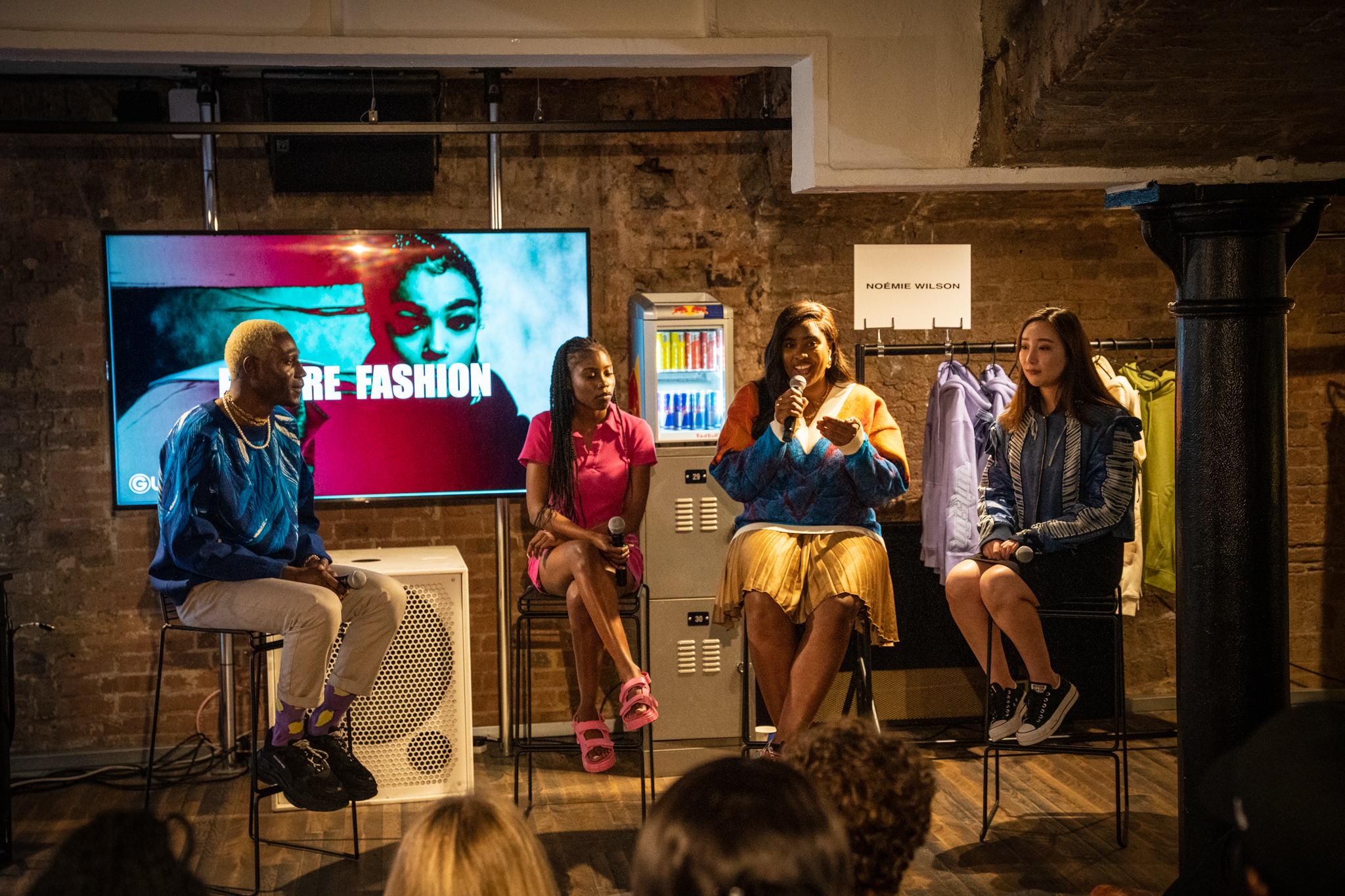


![Remel London’s [@Remel_London] “Mainstream” is a must attend for upcoming presenters!](https://guap.co/wp-content/uploads/2017/02/REMEL-LONDON-FLYER-FINAL-YELLOW-COMPLETE-1.png)